The concept of Klingon honour might vary depending on which Star Trek series you’re watching. We meet the Klingons a handful of times during Star Trek: The Original Series, and in each case they’re introduced as the bad guys – the evil, opposite number to Starfleet and the Federation.
Usually, the Klingon commanders get the spotlight in these episodes. They are usually depicted as two dimensional villains, and we don’t get much insight into the Klingon culture.
However, some Klingon captains stand out above the rest. You have the sinister Kor (John Colicos) in ‘Errand of Mercy’; the arrogant Koloth (William Campbell) in ‘The Trouble with Tribbles’; and the menacing Kang (Michael Ansara) in ‘Day of the Dove.’
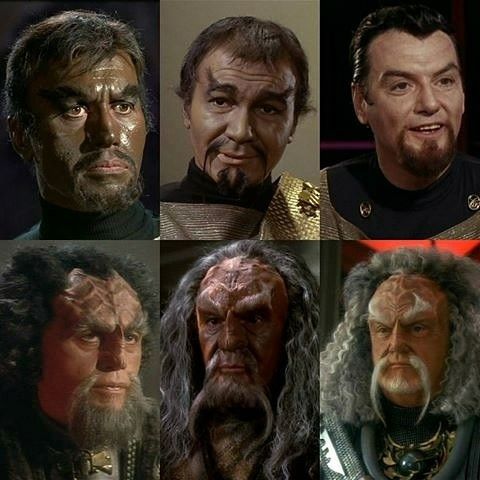
Three characters were so memorable that they were brought back 100 years later in an episode of Star Trek: Deep Space Nine (they’re a long lived species!)
Klingons in the 24th century
But it’s during Star Trek: The Next Generation that we start to get a better look at what actually goes on in Klingon society, mainly because we’re introduced to Starfleet’s first Klingon officer – Lt. Worf.
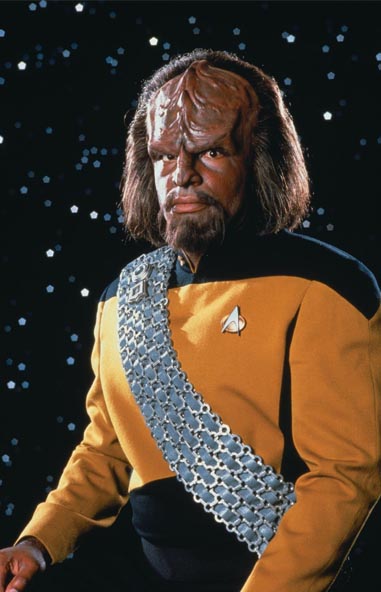
Klingon society is built on honour, but the greatest honour for a Klingon is to die in glorious battle, so that their spirit can travel to Sto’Vo’Kor – the Klingon afterlife. Before any battle, you’re likely to hear Klingons say that it’s a good day to die. And when this happens, other Klingons roar to the sky to let them know in Sto’Vo’Kor that a Klingon warrior is coming.
We also learn in TNG that, in the Klingon command structure aboard their warships, one way to step up in rank is to challenge your superior to a battle to the death. (It’s their version of an annual review lunch.)
Klingon context is everything
When Kang, Kor and Koloth appear in Star Trek: Deep Space Nine, we get to know them a bit better, and we see that they are indeed honourable. A lot of time has passed since TOS, and I think that one has to make certain allowances because of this.
First, back in the early days, the Klingon empire was going through a heavy expansion phase, coming off some major changes regarding their own leadership, as seen in Star Trek: Discovery. Conquering worlds is a messy business, after all.

Second, there was the physiognomy of the Klingons at the time of The Original Series. Back then, they looked nothing like the ridged foreheaded versions we see in every other incarnation. They looked a lot more human.
Of course, this was a budget and make up limitation at the time, but after at least one mention of it in DS9 (‘Trials and Tribble-ations’), the reasons for the different look were directly addressed in Star Trek: Enterprise episodes (such as ‘Affliction and Divergence.’)
In an effort to counter the effects of powerful human augmentations left over from the eugenic wars, Klingons sought to create their own stronger breed of Klingon. But when they tried to introduce augmented human DNA into their own, it interacted with a specific influenza virus that was circulating. And soon, millions of Klingons were infected.
The new virus affected the Klingons’ emotions, as well as removing their cranial ridges, while many others died.
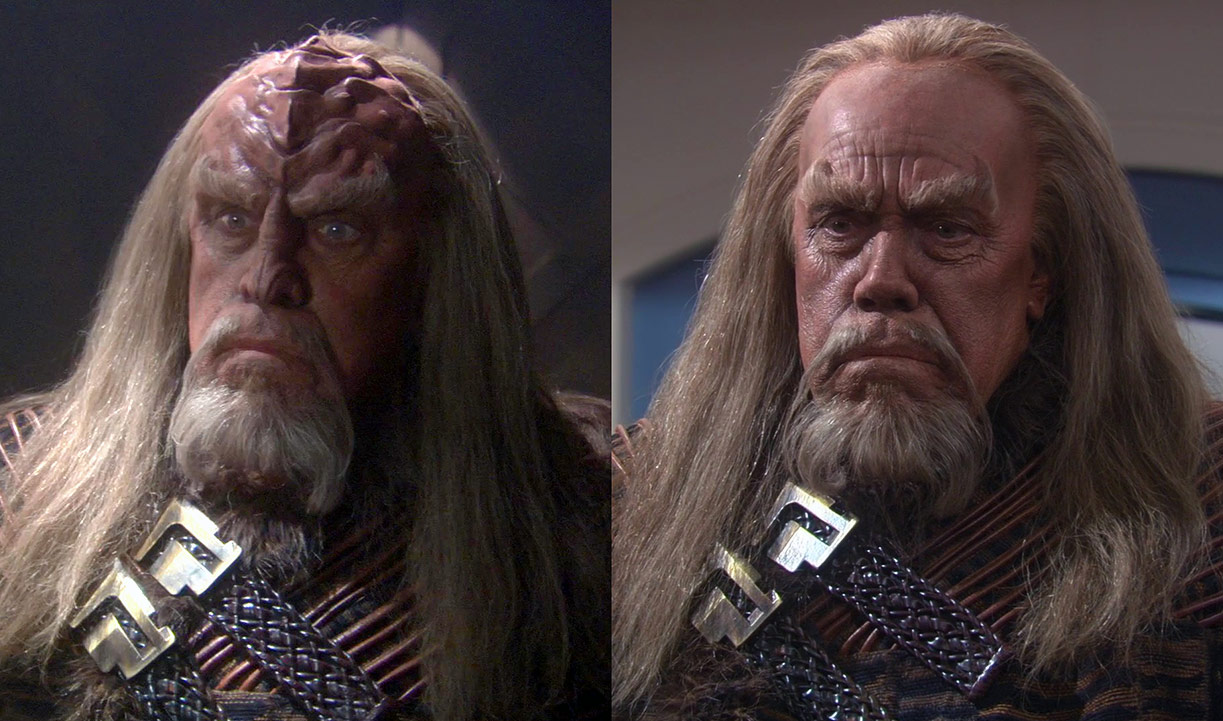
A cure was eventually found, but the effects of the virus would re-emerge generations down the line. We see the effects on the younger TOS versions of Kang, Kor and Koloth. On the whole, the experience is not one the Klingons talk much about.
The Good, the Bad, and the Klingon
Of course, not all Klingons are good or bad, but some of them are indeed duplicitous and without honour. Once exposed, any number of things might happen to them. Some might get discommendation, where a Klingon is stripped of their rank and family name. Others get the business end of a bat’leth (a large, bladed, weapon) in a glorious duel in which, through death, they might even restore some of their honour.
So, are Klingons bloodthirsty murderers or noble warriors?
Both. Nothing’s easy with the Klingons.
Are you interested in learning more about Klingons? Do you enjoy a ripping Klingon yarn with your blood-wine? Let me know in the comments.
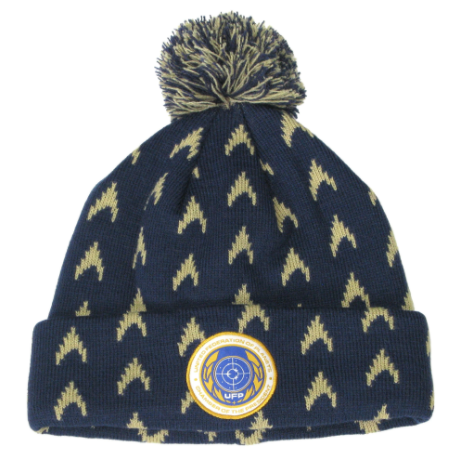
Star Trek Discovery: Starfleet Academy United Federation of Planets hat. Order now from the Lovarzi shop!
Shop on Amazon!
Latest Posts
- Which stories best represent the First Doctor?
- The biggest Doctor Who announcements
- The top 5 Doctor Who logos
- The sky is falling! 4 times people predicted Doctor Who’s doom
- Have some missing Doctor Who episodes been found?
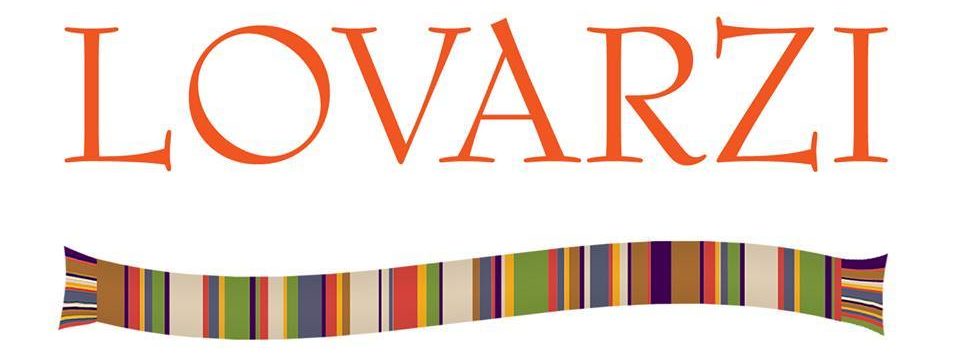

Leave a Reply